Nanotechnology and biotechnology are two of the most promising technologies of the twenty-first century. Nanotechnology is defined as the creation, development, and implementation of materials and technologies with the smallest functional components on a nanoscale size (1 to 100 nm). Biotechnology, on the other hand, is concerned with the metabolic and other physiological changes that occur in biological subjects, such as microorganisms. These microbial activities have opened up new avenues for investigation into novel applications, implying that these two technologies (i.e., nanobiotechnology) can play a critical role in the development and implementation of a wide range of useful tools in the study of life. This concept can be applied to a wide range of scientific domains, including plant biology, organic chemistry, agriculture, the food business, and more. Nanotechnology encompasses a wide range of activities, from extending traditional device physics to wholly new ways based on molecular self-assembly, from discovering novel nanoscale materials to investigating whether we can directly manipulate matter at the atomic scale level. Nanobiotechnology has a wide range of applications in medicine, agriculture, and environmental protection. Many diseases that currently have no therapies may be healed in the future due to nanotechnology.
Nanotechnology's use in medical therapies necessitates a thorough assessment of its risk and safety concerns. All of the issues regarding nanotechnology's protection are referred to as "nanosafety." Despite the fact that nanotechnology has been growing for nearly two decades, it is still regarded as a novel technology, and the health effects of nanomaterials have not been adequately investigated.
- Nano Microbiology
- Nano Genomics
- Nanobiotechnology
- Nanotoxicology
- Nanomaterials in Biology, Medicine, Food, Environment and Agriculture
- Nanomedicine
- Micro- and Nanofluidics
- Nanosensors
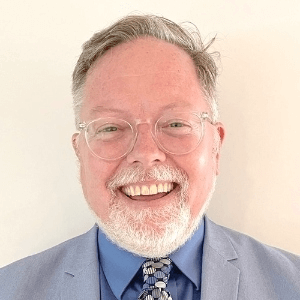
Thomas J Webster
Hebei University of Technology, United States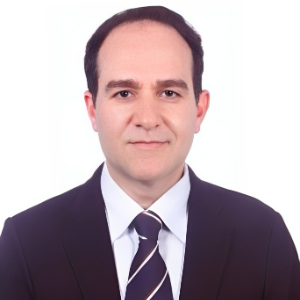
Hossein Hosseinkhani
Innovation Center for Advanced Technology, Matrix, Inc., United States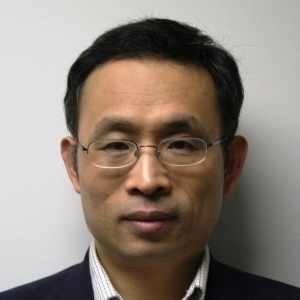
Hai Feng Ji
Drexel University, United States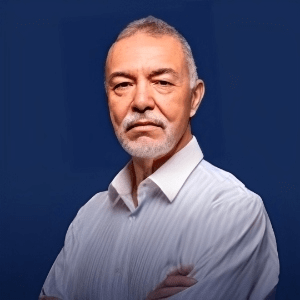
Paulo Cesar De Morais
Catholic University of Brasilia, Brazil
Azzedine Bensalem
Long Island University, United States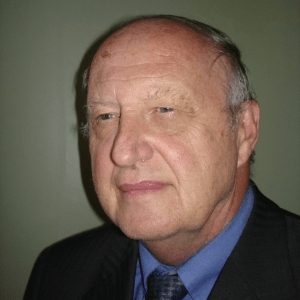
Robert Buenker
Wuppertal University, Germany
Rafal Kozubski
Jagiellonian University in Krakow, Poland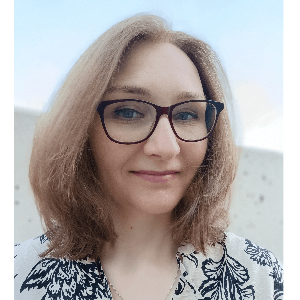
Sylwia Wcislik
Kielce University of Technology, Poland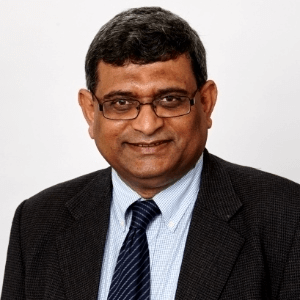
Raman Singh
Monash University-Clayton Campus, Australia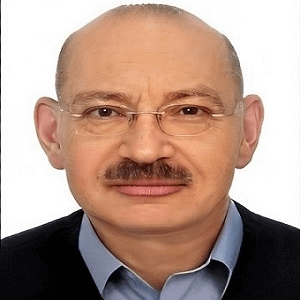


Title : Circumventing challenges in developing CVD graphene coating on mild steel: A disruptive approach to remarkable/durable corrosion resistance
Raman Singh, Monash University-Clayton Campus, Australia
Title : Highlighting recent advancements in electromagnetic field subwavelength tailoring using nanoparticle resonant light scattering and related topics
Michael I Tribelsky, Moscow State University, Russian Federation
Title : The impact of nanomedicine: 30,000 orthopedic nano implants with no failures and still counting
Thomas J Webster, Hebei University of Technology, United States
Title : Logistic-modified mathematical model for tumor growth treated with nanosized cargo delivery system
Paulo Cesar De Morais, Catholic University of Brasilia, Brazil
Title : Current and future of red and black phosphorus nanomaterials
Hai Feng Ji, Drexel University, United States
Title : Azodye photoaligned nanolayers for liquid crystal: New trends
Vladimir G Chigrinov, Hong Kong University of Science and Technology, Hong Kong
Title : Atomistic simulation of chemical ordering phenomena in nanostructured intermetallics
Rafal Kozubski, Jagiellonian University in Krakow, Poland
Title : The enhanced cytotoxic effect of curcumin on leukemic stem cells via CD123-targeted nanoparticles
Wariya Nirachonkul, Chiang Mai University, Thailand
Title : Efficiency of nanoparticles (Micromage-B) in the complex treatment of multiple sclerosis
Andrey Belousov, Kharkiv National Medical University, Ukraine
Title : Innovative method of nanotechnology application in the complex treatment of multiple sclerosis
Andrey Belousov, Kharkiv National Medical University, Ukraine